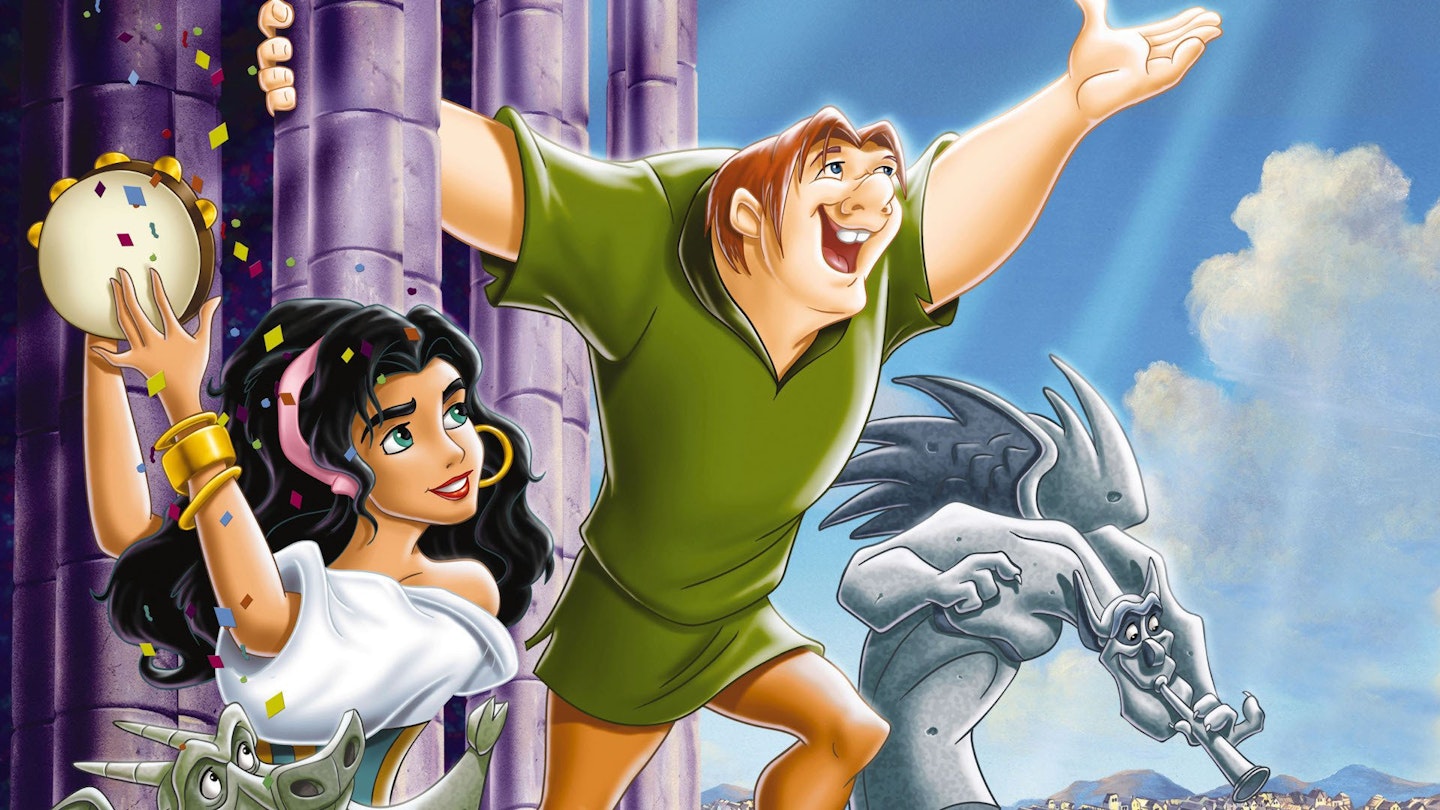Charles Laughton always took great pride in having discovered' Maureen O'Hara (who had debuted opposite him in Alfred Hitchcock's Jamaica Inn) and there's a genuine affinity between them in RKO's adaptation of Victor Hugo's 1831 novel. The beauty and the beast story had twice been filmed as Esmeralda (1905 and 1922) before Wallace Worsley released his lavish silent 1923 version of The Hunchback of Notre Dame, which featured a tour de force performance from the Man of a Thousand Faces, Lon Chaney.
However, Laughton very much made the part of Quasimodo his own and it remained one of his personal favourites (if only because, for once, he didn't have to diet or wear a corset). Wearing make-up created by George and R. Gordon Bau, he exuded a humanity and humility that belied his grotesque appearance and, moreover, brought a surprising agility to the role - which was all the more impressive as he was saddled with a wire-framed, foam-filled hump, which was deeply uncomfortable to wear at the height of the Californian summer.
The shoot was tinged with melancholy, however, as war broke out between Britain and Germany on the day that William Dieterle filmed the sequence in which Quasimodo rings the tower bells. Laughton's disappointed rage is readily evident (as he recognised the poignancy of the moment, as the bells in his homeland would be silenced for the duration of the conflict) and he continued the peal long after the take was over. Indeed, Dieterle (who was a German emigré) intended the film to highlight the evils of authoritarianism and the Expressionist elements in Van Nest Polglase's sets and Joseph H. August's cinematography were consciously designed to evoke the dark psychology of German cinema in the immediate pre-Nazi era.
Costing around $2 million, this was one of the most expensive pictures that RKO ever made. But it was money well spent, as the judicious blend of medieval morality, Gothic melodrama and political allegory (which is occasionally leavened with sly humour) has lost little of its affecting power.
